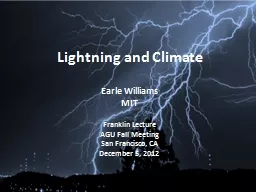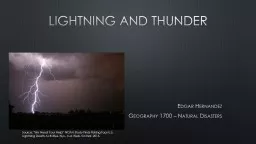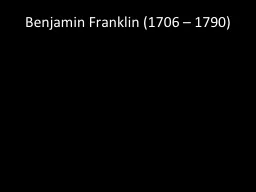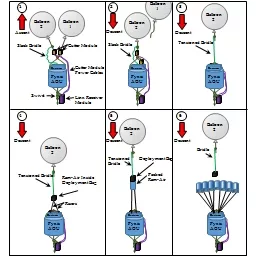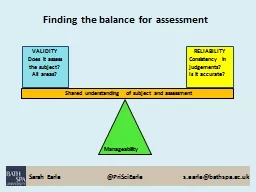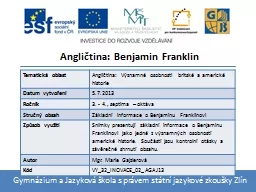PPT-Lightning and Climate Earle Williams MIT Franklin Lecture AGU
Author : stefany-barnette | Published Date : 2019-11-01
Lightning and Climate Earle Williams MIT Franklin Lecture AGU Fall Meeting San Francisco CA December 5 2012 Outline Global perspective on thunderstorms and world
Presentation Embed Code
Download Presentation
Download Presentation The PPT/PDF document "Lightning and Climate Earle Williams MIT..." is the property of its rightful owner. Permission is granted to download and print the materials on this website for personal, non-commercial use only, and to display it on your personal computer provided you do not modify the materials and that you retain all copyright notices contained in the materials. By downloading content from our website, you accept the terms of this agreement.
Lightning and Climate Earle Williams MIT Franklin Lecture AGU: Transcript
Download Rules Of Document
"Lightning and Climate Earle Williams MIT Franklin Lecture AGU"The content belongs to its owner. You may download and print it for personal use, without modification, and keep all copyright notices. By downloading, you agree to these terms.
Related Documents

